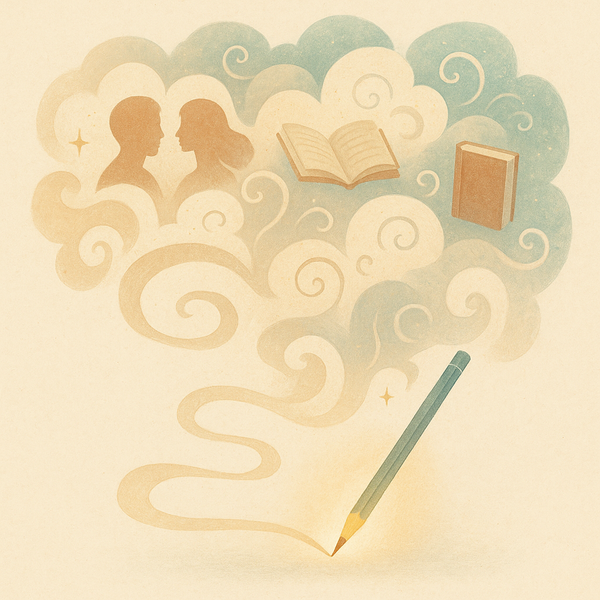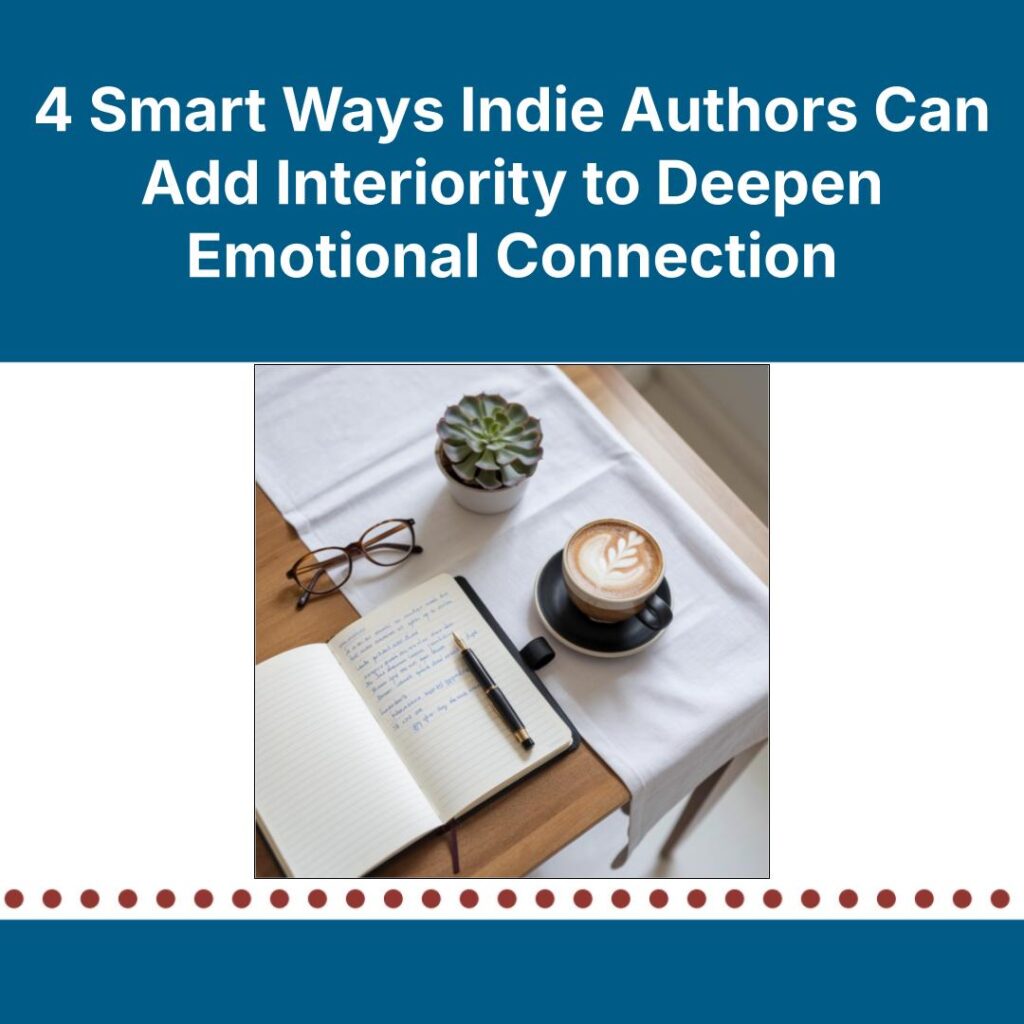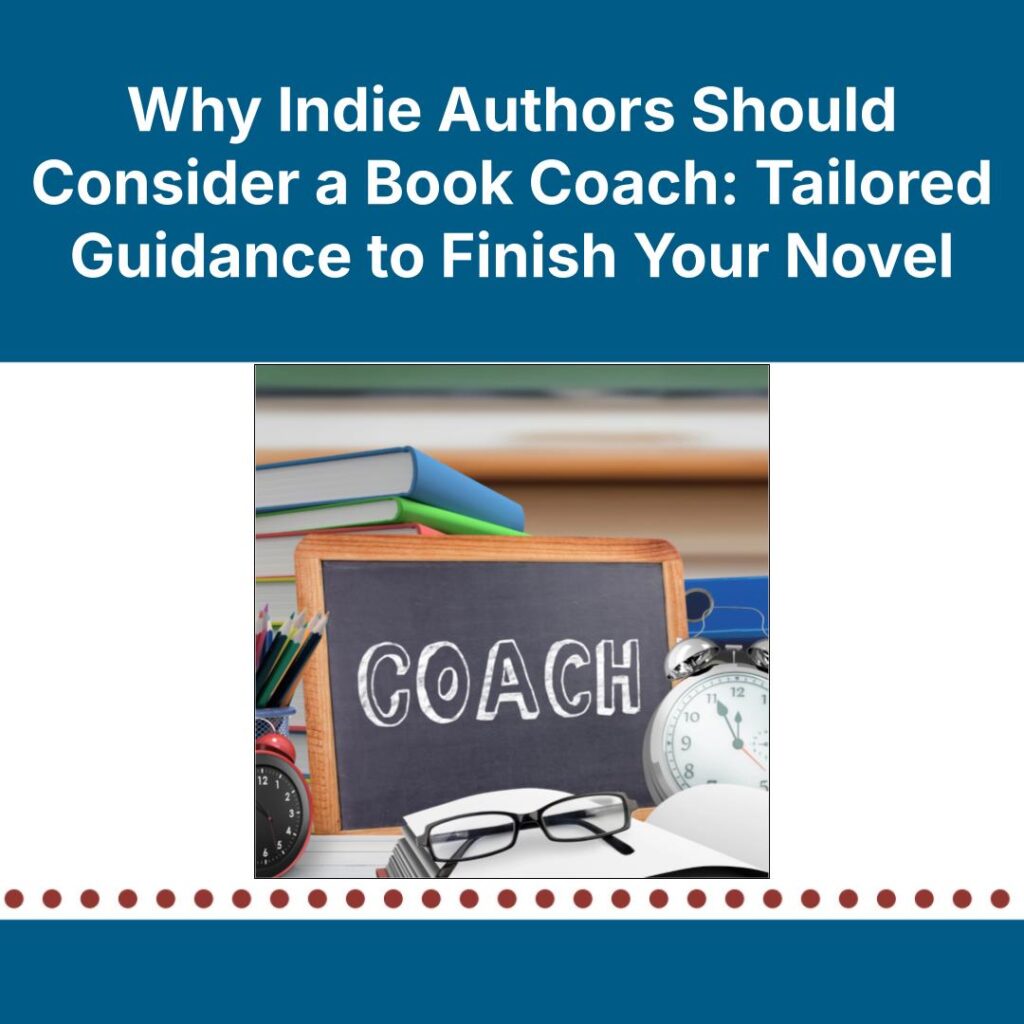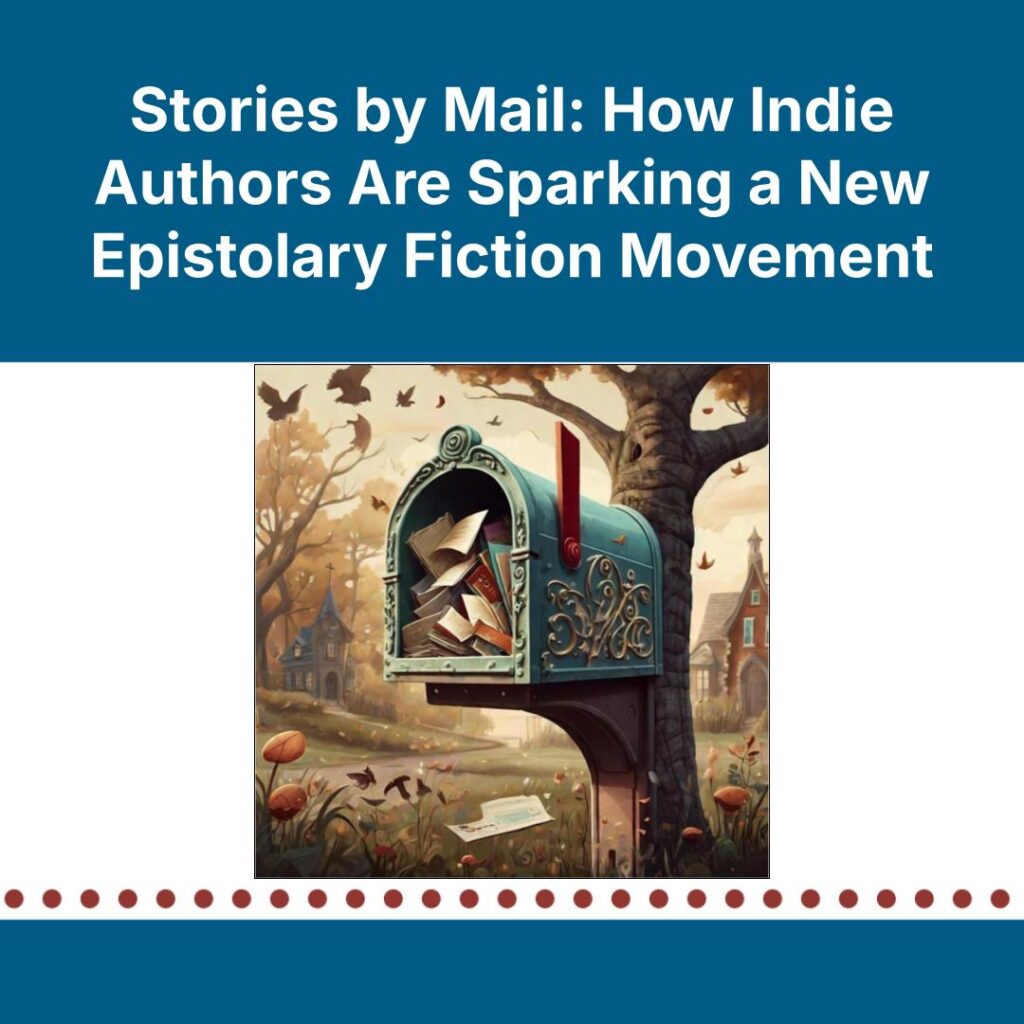Adding Tension to Your Stories
Kasia Lasinska
Tension is not just reserved for Thrillers—it spans across all genres. In Romance, there’s sexual tension (just kiss already!); in Dystopia, there’s the ever-present threat that one wrong move could draw the attention of the government; in Horror, we have things that go bump in the night (which may or may not cause bodily harm to our characters).
But it doesn’t end there.
In How to Write a Page Turner, Jordan Rosenfeld says that the four key building blocks of tension are danger, conflict, uncertainty, and withholding. Where there’s danger, there’s tension. Where there’s conflict between characters, there’s tension. Where the outcome is uncertain, there’s tension. And where there are secrets, there’s tension.
Below, we explore the different ways authors can infuse their stories with tension.
Conflict
According to K.M. Weiland, tension is the threat of conflict. It’s the anticipation of conflict that keeps readers on the edge of their seats. But tension can also drive conflict.
Broadly speaking, conflict stems from the forces that prevent the protagonist from achieving their goals, from the obstacles they must overcome on their journey. These obstacles could take the form of other characters (not just classic evil antagonists—these could include love interests in Romance), or they could be broader, like man vs. nature (especially in the Post-Apocalyptic genre), or man vs. society (Dystopia).
Because conflict takes many forms, authors have a multitude of options for injecting conflict—and therefore tension—into their stories.
Imminent Danger
According to Rosenfeld, danger includes threats to the physical, emotional, or psychological well-being of the character. When the character is in danger, our fight-or-flight instincts kick in. If a reader is invested in a character, they want to make sure they get out alive—and they won’t stop reading till they know for sure. When done well, the reader will be glued to their book, turning pages just to see whether the character managed to thwart the danger and escape to safety.
Giving Readers Information
Provide the reader with information relevant to the story on a need-to-know basis. This is similar to Rosenfeld’s concept of withholding information. While reading, the reader is asking questions. Knowing when to answer them can greatly enhance the story. As authors, we don’t want to string readers along forever without giving them anything in return. Doing so could result in the readers putting your book down—and not picking it up again.
For example, the Reaping in Hunger Games is not explained until Katniss (and the reader) experiences it. Although it is mentioned multiple times, the author never gives us a definition. She knows the readers are wondering what it is, and she satisfies their curiosity at just the right movement. This technique keeps readers turning the pages—they have an urge to find the answer. And when they do, it’s all the more satisfying. Presenting readers with information when they need to know it and not info-dumping is a sign of trusting the intelligence of the reader.
Let’s say your heroine has a secret. She knows what it is, you (the author) know what it is, but the reader doesn’t. The heroine purposefully doesn’t reveal it early on. The readers will feel compelled to keep turning the pages to find out her secret (which can double as her motivation). In this scenario, it’ll be most effective when revealed in a conversation.
Similarly, the heroine may want to find and kill someone, but she doesn’t say why. Is it because she’s a bounty hunter and it’s her job? Is it because this person killed her parents? Or maybe this person was an old friend or flame who betrayed her. The reader can speculate, but the only way they can know for sure is to keep turning the pages.
Anticipation
Tease readers with what’s coming–but don’t give them the answer immediately. K.M. Weiland says to draw it out as much as possible but not so much that they either get bored or stop caring about what awaits the characters at the end. Drop little hints for your readers here and there—close some loops while opening new ones. That way, you will drag readers through the story.
Mini Cliffhangers
Mini cliffhangers at the end of chapters can be a great tool to keep readers on their toes. They can be as simple as a telephone ringing in an otherwise empty house, hearing a twig snap in the backyard, or seeing the love interest with another woman. Mini cliffhangers are especially effective when writing dual or multiple points of view (POV). Start a new POV right after the mini cliffhanger—readers won’t have a choice but to whizz past the next POV to find out what happens. As a bonus, end all your chapters on mini cliffhangers to keep readers turning the pages and reading till the early hours, muttering to themselves, “Just one more chapter.” They will keep coming back for more, and your stories will be truly unputdownable.
Author Beware
Tension is just as much about employing certain techniques as knowing what to avoid. Below, we list several points that authors should avoid if they want to create tension-filled stories.
Making Things “Too Easy”
Conflict and threats that are too easily resolved for the characters drain tension from our stories. The same can be said for danger that is too far away or not imminent enough. If there is no real threat to the characters, why should they care? And, by extension, why should the readers care? Make sure that the threats your character faces are real and difficult to overcome. Then readers will sense the tension seeping from your pages.
Info Dumps
Info-dumping is giving away large chunks of information all at once. In fiction, these could range from world-building to backstory (providing details from the protagonist’s childhood that have no relevance or bearing on the plot). In Fantasy and Sci-Fi, examples could include providing the history or origin of fantastical or alien races. Info dumps can give away information that would be more effective when revealed piece by piece later in the story. While you may be fascinated by and want your readers to know the trade routes of wool in your epic fantasy, exercise caution—minute details like this probably don’t belong in your novel unless, of course, they are crucial to the plot.
Mundane Actions
Using quotidian actions, such as brushing teeth or going for a grocery run, can dramatically slow down the pace and kill the tension in your story. Even sitting around a table or campfire (common in Fantasy) and eating dinner can get repetitive. Used these scenes sparingly, in particular as a backdrop to an important conversation that drives the plot forward. We read to escape the mundane, to see the world through the eyes of someone with an exciting life. We don’t need to read about the same tasks that we perform every day in our fiction.
Conclusion
Tension can take many shapes and forms. Whether it’s through infusing conflict or danger, providing readers with information when they need to know it, using techniques such as mini cliffhangers, or avoiding the mundane and ordinary, there’s a tension technique for everyone. So go forth, and make your stories tense and unputdownable!








